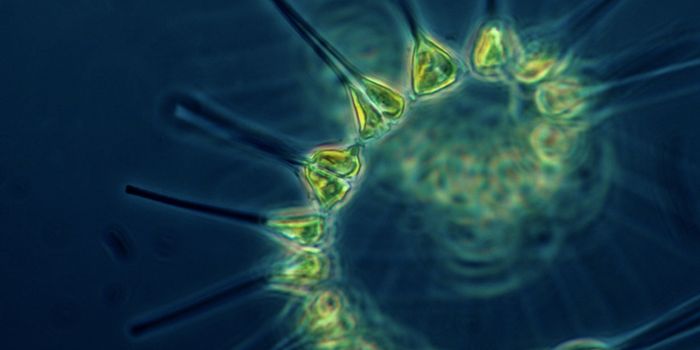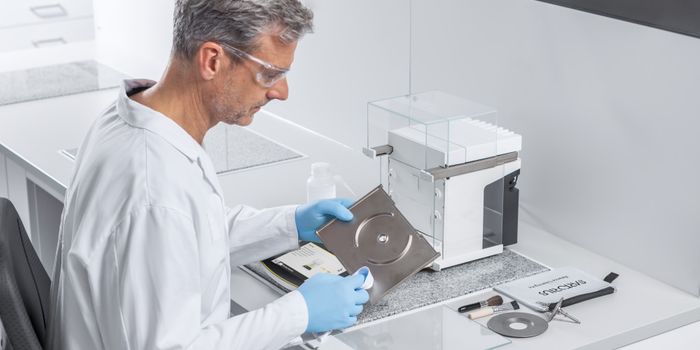Leaving Fossil Fuels in the Dust: Racing Company Licenses Quick-Fast Charging Batteries for Cars
Marc-Antoni Racing Corp. company has licensed a group of quick-charging batteries developed by the Oak Ridge National Library.
The start-up’s goal is to invest in renewable energy in the racing industry and move the sport away from reliance on fossil fuels.
In August, California’s Air Resource Board approved a rule to ban the sale of gas-powered cars in the state by 2035. There is a decrease reliance on fossil fuels in the consumer market, and this company wants to take it to the race track.
Lithium-ion batteries (LIB) are the key to powering electric cars, and most hybrids and electric vehicles use them. However, many of these commercially available batteries can take a long time to recharge and are too large to be widely accessible.
Researchers led by Sheng Dai at the Oak Ridge National Library (ORNL) produced a quick-charing lithium-ion anode material of molybdenum-tungsten-niobate. The research was published in Advanced Energy Materials in July.
Traditionally, LIB anodes are made of graphite. The anode and cathode of the battery are connected by an electrolyte solution, and the lithium ions travel between the two poles to power the battery. However, the electrolyte solution can decompose, and it builds up on the anode which slows the exchange of ions. This can decrease battery performance and stability, the researchers explained.
Instead of graphite, the researchers tested niobium-based oxides and settled on MWNO. Its unique structure enhances its conductivity by decreasing electrical resistance for the moving ions, which decreases charging time.
However, niobium-based oxides take a lot of energy to create and have byproducts of toxic waste. The team overcame this using a low-temperature method to synthesize the material, which turns a liquid into a solid. The liquid solvent used in the process can also help the recovery of MWNO.
By licensing these materials, Marc-Antoni Racing will be able to test the materials in car batteries for future use.
The materials also meet the Department of Energy’s goal to decrease the charge time of a LIB to under 15 minutes. A recent study from Penn State has also created a LIB that charges in 10 minutes.
Sources: Oak Ridge National Laboratory, Advanced Energy Materials, Eureka Alert (AAAS)








